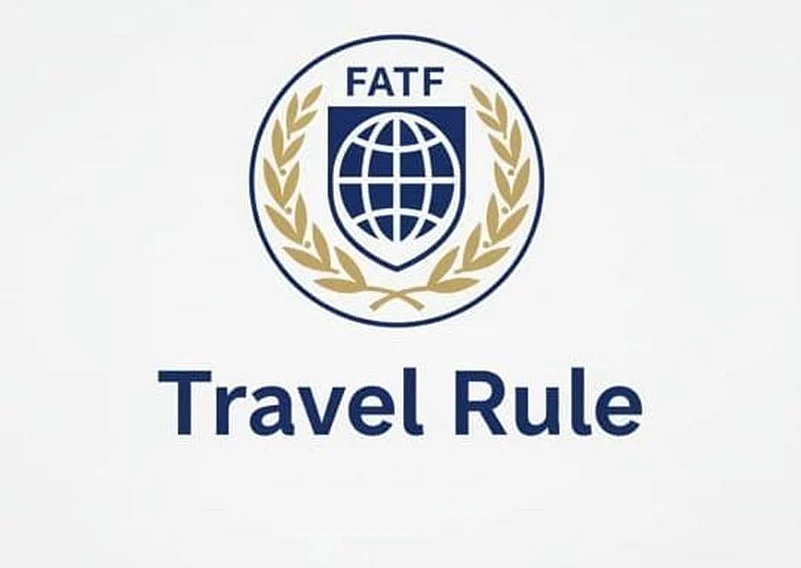According to several reports, Indians are increasingly engaging with cryptocurrency. This rise in participation also increases the risk of fraud and exposure to sanctioned entities. This is where the Travel Rule becomes important. First devised for banks and later extended by the Financial Action Task Force (FATF) to crypto assets in 2019, the rule requires key information about the originator and beneficiary to “travel” with each transfer. A wallet address alone is not enough; identity must accompany value so that suspicious flows can be traced across institutions and borders.
Why these matters are simple: transparency deters crime and shortens investigations. Without reliable sender–receiver data, tracing ransomware proceeds, terror finance or cross-border fraud becomes guesswork. With it, investigators can stitch together a money trail quickly, exchanges can coordinate risk responses, and supervisors can see patterns that would otherwise hide in pseudonymous ledgers. Recent cases underline the point. State-linked groups have laundered billions via mixers, bridges and lightly supervised venues. Yet those on-chain footprints, paired with mandated identity data, let analysts link wallets to real operators and choke the on- and off-ramps that make evasion profitable. The Travel Rule turns that transparency into timely action.
However, there is no one standard or software that is fitting the solution. Instead of a single common rail, the market has spawned multiple non-interoperable messaging protocols and vendor networks - TRISA, OpenVASP, Sygna, Veriscope, TRUST and others - often with proprietary gateways. A VASP on one network may be unable to exchange Travel Rule data with a counterparty on another without joining several systems or paying for a bridge and interoperability remains limited. Add the “sunrise” problem of uneven global adoption, and compliance teams face rising cost and complexity. In India, the result is uneven practice: some firms integrate global tools; others resort to ad-hoc workarounds like spreadsheets and email. That is inefficient at best and risky at worst. Strengthening crypto compliance infrastructure domestically is now critical to ensure these gaps are bridged effectively.
These realities argue for a strong, efficient domestic solution. First, it reduces strategic dependency. Critical compliance infrastructure should not hinge on foreign vendors’ uptime, pricing or legal exposure. A sovereign rail - state-operated, industry-run under regulation, or a public-private utility - anchors continuity and fits India’s digital-public-infrastructure playbook. Second, it safeguards data sovereignty. Routing sensitive, identity-linked financial data through domestic infrastructure governed by Indian law limits extra-territorial access and aligns with emerging privacy norms. Third, it standardises compliance. A single national rail can specify mandatory formats, service-level commitments and certification so every Indian-registered VASP can exchange data with each other by default, lowering integration costs for smaller firms while boosting speed and reliability for larger ones.
Law enforcement stands to benefit the most. A domestic rail can be designed to deliver what investigations actually need: timely, validated sender–beneficiary fields, delivery receipts, and lawful, well-scoped query mechanisms that respect due process. When suspicious-activity reports reveal bursts of transfers across multiple VASPs, a common rail shortens the time from suspicion to action — enabling freezes, seizures, or targeted requests — because agencies no longer have to reconcile mismatched vendor formats or wait for cross-border assistance for basic metadata. Combined with modern blockchain analytics, standardised Travel Rule data transforms a pseudonymous ledger into a usable investigative map, without defaulting to dragnet surveillance.
In the end, design determines impact. India should build a rail that is protocol-agnostic at the edge but firm at the core — integrating Indian identifiers such as PAN, employing strong encryption, and ensuring clear fallbacks when counterparties lack compatible systems. Paired with fit-and-proper licensing, uniform KYC/AML standards, and multi-hop sanctions screening, a sovereign, domestically anchored Travel Rule solution can go a long way in safeguarding the financial integrity of consumers and protecting India’s national interests.

























